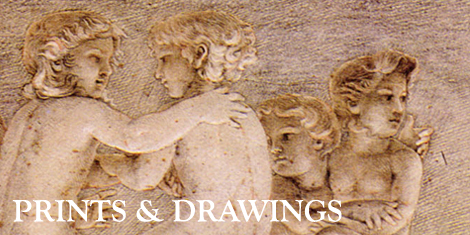
LEONARDO DA VINCI
The painter, sculptor and scientist Leonardo da Vinci was born near the village of Vinci (near Empoli) on 15 April 1452 and from 1469 was trained as an artist in the workshop of the sculptor and painter Andrea del Verrocchio in Florence. In 1472 he became a member of the Guild of St Luke.
In the service of the Duke of Milan, from 1482 to 1499 Leonardo performed research in physics, resulting in numerous designs and technical drawings. Alongside his work on an equestrian statue of Francesco Sforza, he also painted two of his best-known works at this time, the Virgin of the Rocks (Louvre, Paris) and The Last Supper (Santa Maria delle Grazie, Milan).
Having returned to Florence, in October 1503 he received the commission to paint a fresco of the Battle of Anghiari for the great council chamber of the Palazzo della Signoria. At about the same time he devoted himself to the Mona Lisa (Louvre, Paris). From 1506 to 1513, back in Milan, Leonardo pursued intensive anatomical studies. Between 1513 and 1516, in the service of his patron Giuliano de’ Medici in Rome, he concerned himself with the laws of geometry and architecture.
He spent his final years enjoying the hospitality of King Francis I of France at the manor of Clos Lucé near Amboise, where he died on 2 May 1519. His work is the outcome of a unique combination of scientific research and artistic creativity. Through his multifarious activities and studies in almost every sphere of knowledge, he embodies the ideal of the ‘uomo universale’, the polymath.


